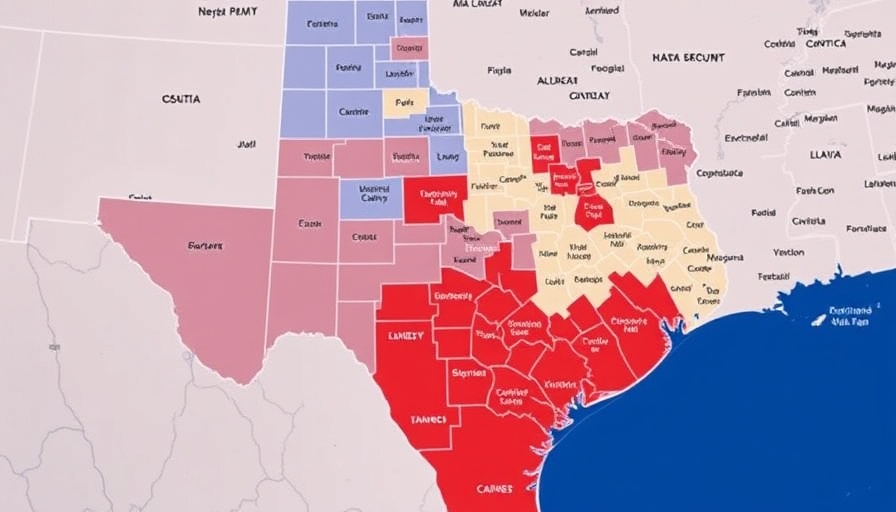
Tragic Incident Shakes Grapevine Community
On a seemingly typical Friday morning, tragedy struck in Grapevine, Texas, when a fatal car accident on State Highway 121 claimed the life of a driver. The incident occurred around 5 a.m. on March 19, 2021, as the morning commute began for many residents. The individual, whose identity has not been released pending notification of family, was involved in a sequence of distressing events that ended with their death and disrupted the local traffic flow for several hours.
The accident unfolded when the driver was heading northbound on S.H. 121 and collided with the guardrail, leading to the vehicle flipping over into the southbound lanes. Moments later, two southbound vehicles crashed into the overturned car. While the driver of the sedan tragically did not survive, one driver sustained minor injuries and was transported to the hospital. Thankfully, the other driver emerged unscathed. This incident ignites a crucial discussion about road safety and the importance of safe driving practices, especially during peak traffic hours.
The Need for Enhanced Road Safety Measures
The response to accidents of this nature often sparks conversations on how to prevent such fatalities in the future. Local city officials and traffic safety advocates have emphasized the need for improved safety measures on busy highways like S.H. 121. Increased visibility of traffic signage, more rigorous enforcement of speed limits, and educational campaigns promoting safe driving habits are potential solutions that could mitigate the dangers drivers face.
Furthermore, the recent surge in accidents highlights a national trend, as many regions across the U.S. have noted an uptick in vehicular collisions over the last few years. According to a report from the National Highway Traffic Safety Administration (NHTSA), approximately 38,680 people died in crashes across the U.S. in 2020—a significant increase from previous years. This statistic raises alarming questions about the effectiveness of existing road safety protocols.
Investigating the Cause: A Complex Picture
Authorities have confirmed that the cause of the crash remains under investigation. Grapevine police are meticulously examining the accident scene to gather evidence that could elucidate the circumstances surrounding the incident. Speculations have arisen about factors such as distracted driving, alcohol influence, or even mechanical failure. Historically, data suggests that these elements contribute significantly to highway accidents. Education around these dangers may serve as a vital tool for drivers to enhance their awareness and responsibility while on the road.
Community Support and Response
This incident serves as a stark reminder of the fragility of life and the importance of community support in the aftermath of tragedy. Local organizations and grief support groups are stepping in to provide counseling and assistance to anyone affected by the incident, particularly those who witnessed the crash or have a connection to the victim.
As the Grapevine community grapples with the emotional fallout, discussions surrounding road safety will likely gain momentum. Initiatives aimed at fostering a culture of caution among drivers could help prevent another similar occurrence, empowering residents to advocate for their safety.
Final Thoughts on Grapevine's Road Safety
As S.H. 121 reopened at 11 a.m., life resumed in Grapevine, reminding us that even in times of tragedy, the community will continue to support one another and address the challenges faced on the roads. Residents are encouraged to reflect on their driving habits and understand the impact one’s choices can have not only on their safety but on the lives of others.
If you have any insights, statistics, or narratives to share about road safety, consider engaging with local discussions or forums. Awareness and advocacy are crucial in making a difference.
 Add Row
Add Row  Add
Add 




Write A Comment